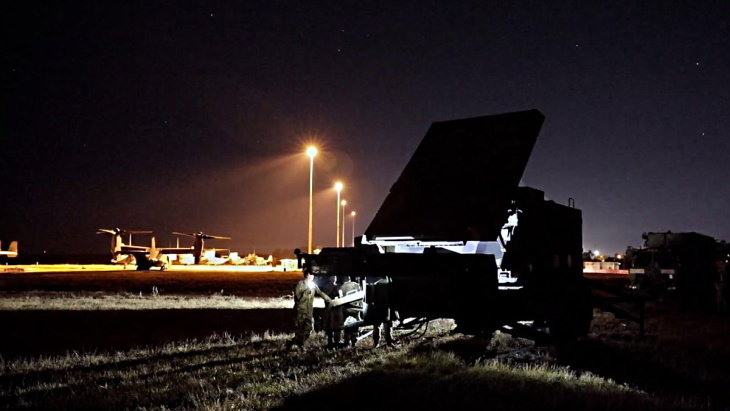The nuclear industry brought more than 9 GWe of new plant on line last year, the largest annual increase in 25 years, according to a new World Nuclear Association report, putting it on track to achieve the Harmony goal of providing 25% of electricity in 2050 using 1000 GWe of new capacity.
In the World Nuclear Performance Report 2017, the Association detailed power generation and construction achievements for the previous year.
The ten new reactors which came on line in 2016 added 9.1 GWe to global capacity and took the total nuclear capacity supplying electricity to the grid past 350 GWe for the first time ever. This does not include around 40 GWe of operable nuclear plant that remains offline in Japan and is making slow progress towards restart.
-460x233(1).jpg) |
The global nuclear fleet is growing faster than at any time in the last 25 years. Restarts in Japan would significantly boost output (Source: World Nuclear Association, IAEA PRIS) |
Growth in nuclear power is being led by China, where five of the ten new reactors are located. "This trend is likely to continue in the coming years with around a third of reactors currently under construction being located in China," said Agneta Rising, the Association's director-general.
Chinese industry constructed its new reactors in 5 years and 9 months on average. Series build is a major factor in this. A case study showed that 912 issues were identified during the construction of Yangjiang 1-3. Successfully addressing these helped unit 4 to be built more than ten months more quickly than unit 1.
Steady performance is a feature of nuclear power plants and this continued across the fleet with a global average capacity factor of 80.5%, down just slightly on last year's 81%. According to the report, 64% of the world's reactors operated at an average of 80% of their full potential across the entire year. Only 8% of reactors achieve below 50% of their potential output.
The report states that "there is no significant age-related trend in nuclear reactor performance" with older units achieving the same level of performance as newer ones. It highlights the case of Heysham II-2 in the UK, a reactor that has operated since 1988 and in 2016 completed a record-breaking run of 941 days generating electricity without interruption.
Total nuclear power generated worldwide was up for the fourth year in a row, to 2476 TWh in 2016, which broadly keeps pace with the overall growth of the electricity system. Figures for global electricity of all kinds take longer to compile, but the latest data, for 2014, shows nuclear maintaining a 10.6% share of electricity.
"The world's nuclear power plants have performed well this year, making a significant contribution to meeting the need for clean, reliable and affordable electricity," Rising said.
Future growth
The build rate of 9 GWe per year represents a doubling compared to the average over the previous 25 years, said the report. Rising welcomed it as being in line with the needs of the Harmony goal for nuclear power to generate 25% of electricity with 1000 GWe of new capacity in 2050. Rising said the path to acheiving this needs an average of 10 GWe per year of new build now, then a doubling to 25 GWe on average from 2021-2025 and a peak construction rate of 33 GWe per year on average from 2026. This represents a return to the build rates the industry acheived in the 1980s.
The Association has identified three areas for action to achieve this: establishing a level playing field in electricity markets, building harmonized regulatory processes, and an effective safety paradigm. The latter means considering matters of nuclear safety not just in technical terms, but "from a holistic society perspective", said Rising.
"The health and environmental benefits of nuclear energy are not valued on an equitable basis with alternative energy sources," she said. Other factors, "such as economics, industrial, social, public health and environment", all need to be considered, she added.
Researched and written
by World Nuclear News





_50545.jpg)
_28367.jpg)
_40405.jpg)
_76087_55556.jpg)




